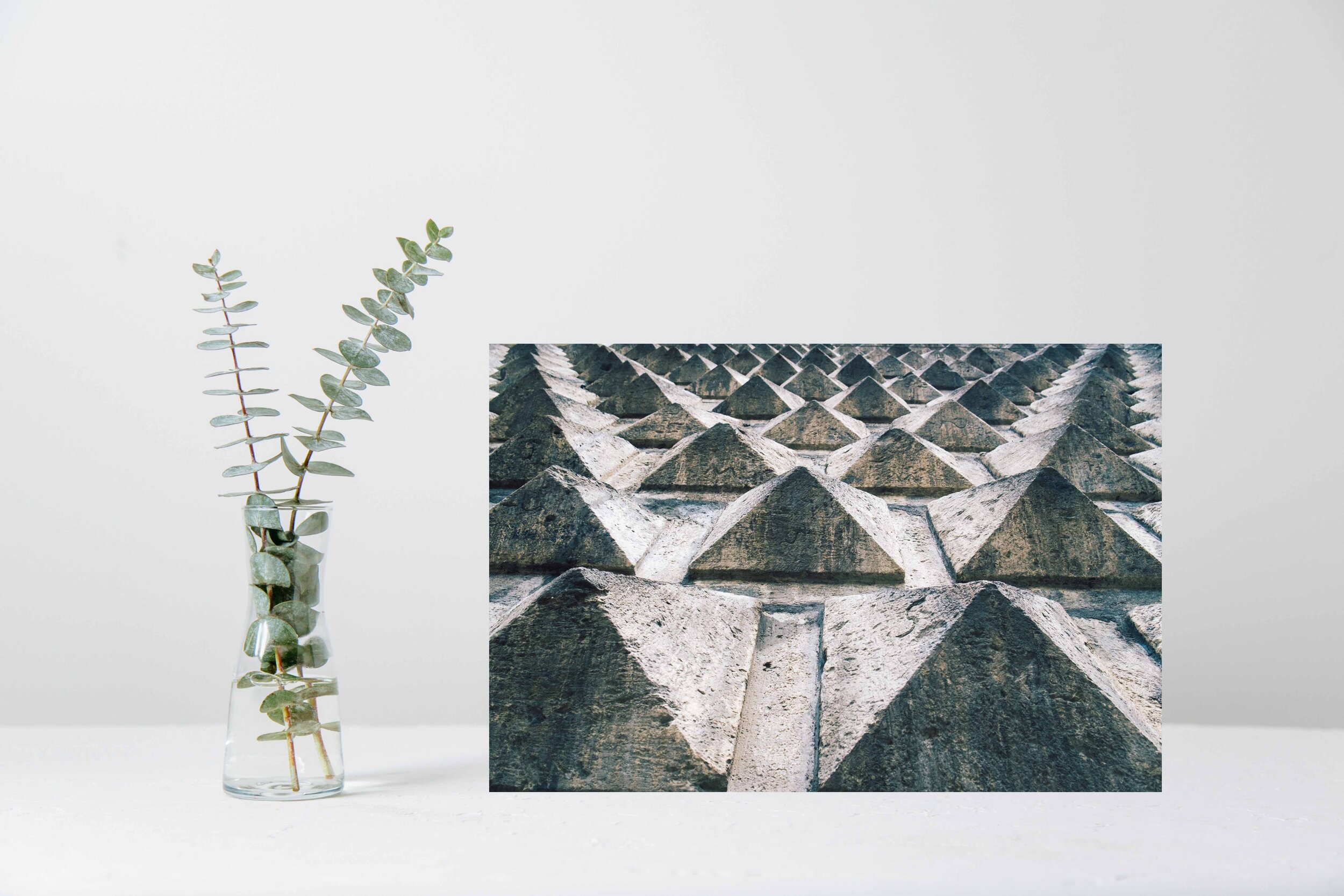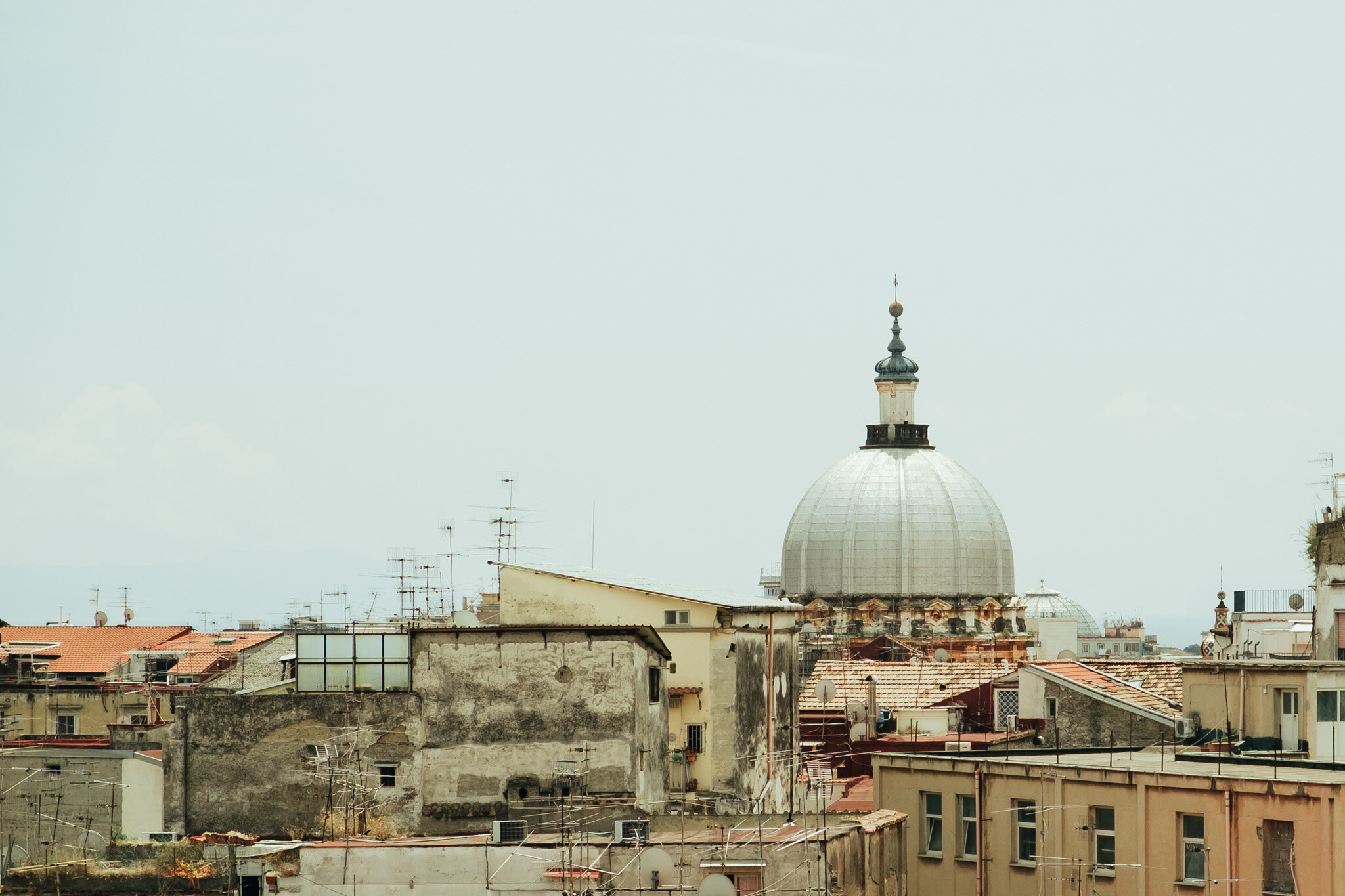The Valley of the Dead – Naples Fontanelle Cemetery
It was probably the most disastrous century in Neapolitan history: three civil uprisings including Masanielos’s Revolt of 1647; three famines; three earthquakes; five eruptions of Vesuvius; and three epidemics including the great plague of 1656 which is purported to have claimed the lives of at least half of Naples citizens. Lack of burial space in the city and fear of contamination led the government to seek an isolated burial location outside of the city walls, north of the Naples San Gennaro gate. Nestled between the Capodimonte, Materdei, Scudillo, Miradois, and Stella hills, the area known as Rione Sanità was used from the 4th century BCE to the early Christian period for Pagan necropolises first and the burial places of early Christian martyrs later, in the Naples Catacombs of San Gennaro, San Gaudioso, and San Severo. Centuries of excavations for Tufo, the volcanic material used to build the city, left behind deep, rocky cavities, including the cave in Capodimonte hill that would become the Fontanelle Cemetery.
The cave, which according to current estimates is an area of approximately 30,000 square meters, had been used by the Spanish since the 1500s as a place to “offload” remains. According to custom, Neapolitans were buried in their churches, at least those who could afford it, but the churches soon became severely overcrowded. For a price, undertakers either pretended to bury the dead in their churches or would dig up old remains, put them in a sack and throw them into Fontanelle or other caves in the area, making space for new remains. The same fate befell the victims of the plague of 1656, whose bodies were thrown into the cave, usually without identification or a grave marker and often without last rites.
Steeped in myth, history and tradition, the cave served as the city’s cemetery, or more accurately, its ossuary or charnel house for the next two centuries, up until the cholera epidemic of 1836. Named for the abundance of springs and water sources in the area, the Fontanelle Cemetery was used for all of the major epidemics during that time and became a paupers cemetery, being codified as such under the French rule of the 1800s. Also moved here were the anonymous remains of the “terresante” (burials from churches reclaimed after the arrival of the French rule under Murat) as well as remains found during the building of Via Toledo. In 1934, bones found during the building of Via Acton were also moved here. In all, an untold number of anonymous souls ended up in Fontanelle. One report claims that a student counted 8 million bones at the end of the 19th century. Today there are a reported 40,000 remains, but it is believed that thousands more are buried below the cemetery to a depth of 4 meters.
In 1872 Father Gaetano Barbati, with the help of a number of his faithfuls, began the enormous task of cataloguing the skeletal remains and storing them in boxes, racks, crypts and in neat piles around the cemetery. The Catholic belief that souls who do not receive last rites are trapped in purgatory led to the worship of these remains and a cult soon developed. Known as the cult of anime pezzentelle, abandoned souls, devotees honored the anonymous dead, those too poor in life to afford a proper burial, those doomed to purgatory. They would visit the skulls, clean them, care for them, pray to them, and in many instances, they would adopt them. Putting them in special wooden boxes, the worshippers would even name the skulls and give them a life story that they claimed came to them in a dream.
This practice would continue for nearly the next 100 years, and by the end of the 19th century there was a church, Chiesa di Maria Santissima del Carmine at the main entrance to the cave. The cult became even more popular during WWI and WWII and by 1950, the city had built a street car line out to the cemetery. But in 1969, over growing concerns that the cult had escalated into fetishism, the Archbishop of Naples, Cardinal Corrado Ursi (July 1908 – August 2003) closed the Fontanelle Cemetery.
The cemetery suffered a long period of degradation and except for a very brief period in the 1980s, it remained closed until rehabilitation work began in 2002. The 30,000 square meter ossuary was finally reopened to the public in 2006, but only for a few days each year during May of the Monuments. During the 2010 edition of May of the Monuments, a group of protestors refused to leave the cemetery to obstruct and protest the closure of the cemetery until the next edition of May of the Monuments. Remaining in the cemetery overnight, protestors requested a meeting with the Mayor and threatened to remain in the cemetery until they were assured it would remain open. Within less than a week of the protest, Comune di Napoli announced that the Fontanelle Cemetery would once again be opened to the public on a full time basis.
The Valley of the Dead – Naples Fontanelle Cemetery was first published on NapoliUnplugged.com on June 2, 2010.
Images from Napoli
Learn More
She Studios is a participant in the Amazon Associates Program, among other affiliate programs, an affiliate advertising program designed to provide a means for sites to earn advertising fees by advertising and linking to Amazon.com and other websites. As an Amazon Associate She earns from qualifying purchases.

















